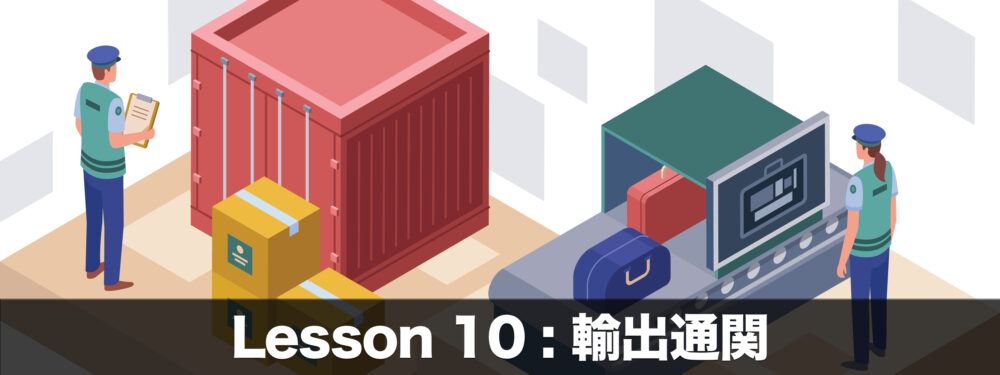
Overview

You know, our readers are from countries other than Japan, such as China, India, Indonesia, and more.


However, similar laws exist worldwide, such as the US Export Administration Regulations and the Canada Export Control List.


While the details may differ, the overall framework is similar, right?


Learning Points
- Export Trade Control Order
- List Control
- Catch-All Control
- White List
Export Trade Control Order

Among the export regulations, there is a law called the Export Trade Control Order. This is one of the cabinet orders related to the Foreign Exchange and Foreign Trade Act.
To ensure international peace and security, measures are in place to prevent exporting items with potential military uses to the following countries:
- Countries that pose a threat to safety
- Weapons developers
- Terrorist groups and other similar entities

- Weapons of mass destruction
- Equipment and general-purpose items related to the development and manufacture of conventional weapons
- Provision of the above two related technologies to non-residents

Export Control Laws

These regulations focus on both “goods” and “technology” and there are two types of regulations:
- List Control: Regulated based on cargo specifications
- Catch-All Control: Regulated based on the recipient and purpose
If the items fall under the regulations, applying for permission from the Ministry of Economy, Trade, and Industry is mandatory.

List Control Products
Under Japan’s list control, approval from the Minister of Economy, Trade, and Industry is required for the export or provision of goods and technologies falling under the following categories:
- Weapons
- Nuclear power
- Chemical weapons (-2. Biological weapons)
- Missiles
- Advanced materials
- Material processing
- Electronics
- Computers
- Telecommunications
- Sensors, lasers
- Navigation-related items
- Maritime-related items
- Propulsion systems
- Others
- Sensitive items
It seems somewhat strict.


Region Covered by List Control
The regions covered by List Control include all areas; there are no exceptions. Approval from the Ministry of Economy, Trade, and Industry is required to export the mentioned items to any country.
Obtaining approval might take several months if the item falls under List Control. It is necessary to classify whether it applies or not in advance and prepare with sufficient time.
Catch-All Control

Even if items don’t fall under List Control, it doesn’t mean you can freely export or provide all items and technologies. Because there’s another regulation called Catch-All Control.
This regulation applies to items and technologies that are not covered by List Control based on their “intended use” and the “end-user nature.”

Region Covered by Catch-All Control
Catch-all control doesn’t apply everywhere; it distinguishes between white-list countries and others. White List countries include the United States, Canada, and the EU.

Recently, the term “White List” has been replaced by a classification into four groups here in Japan.
Group A (Preferential trading partner):
Ireland, United Kingdom, Italy, Austria, Netherlands, Greece, Switzerland, Sweden, Spain, Czech Republic, Denmark, Germany, Norway, Hungary, Finland, France, Bulgaria, Belgium, Poland, Portugal, Luxembourg, United States, Argentina, Canada, Australia, New Zealand, Korea
Group D (Countries or regions subject to UN arms embargoes or considered as concerns):
Afghanistan, Iran, Iraq, Lebanon, North Korea, the Democratic Republic of the Congo, Sudan, Somalia, Central African Republic, South Sudan, Libya



Summary
In this article, we explained Japan’s export control regulations. Similar laws exist in various countries, and they regulate the export of items or technologies that could pose security threats.
When engaging in trade, it’s important to be aware of such laws and ensure compliance.

Test Yourself
Reinforce your understanding of this topic by working through the exercises. Attempting the exercises without referring to the material as much as possible is advisable.




